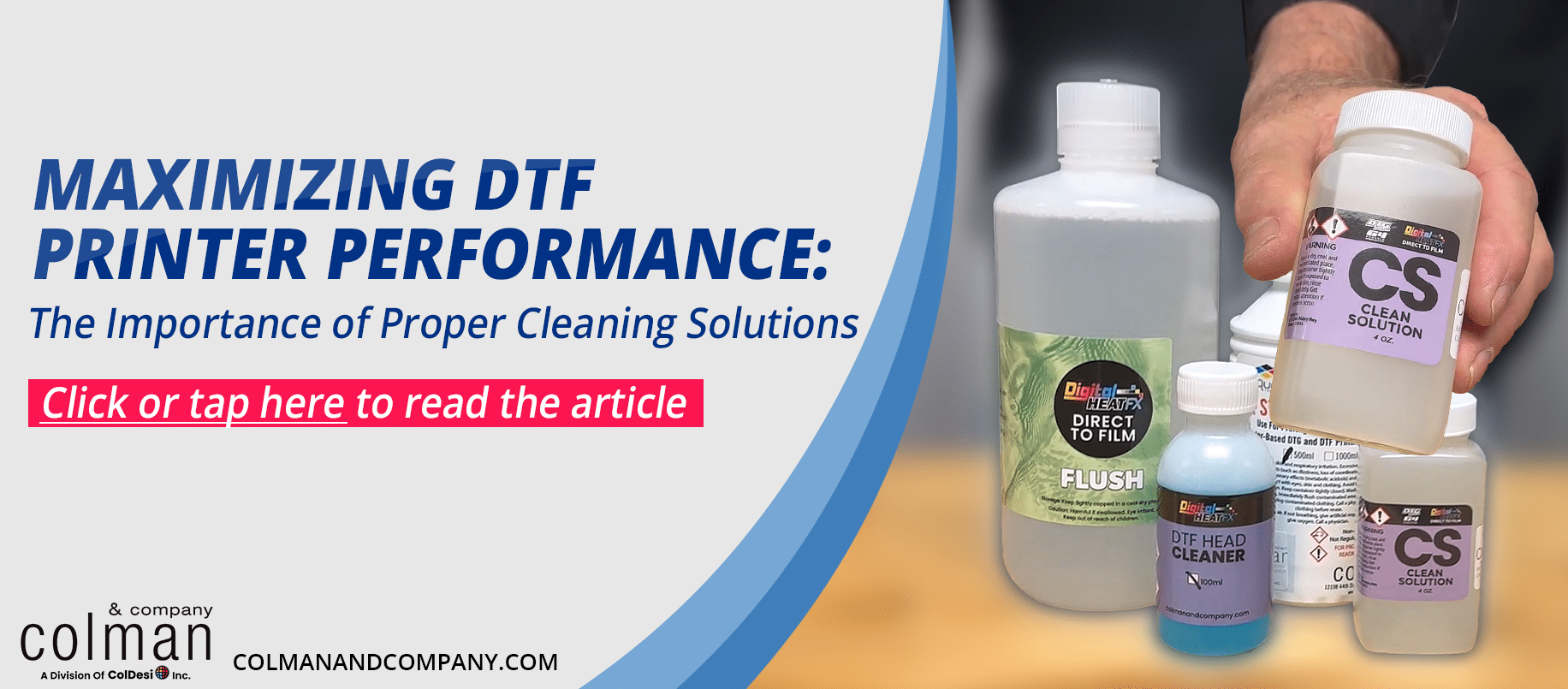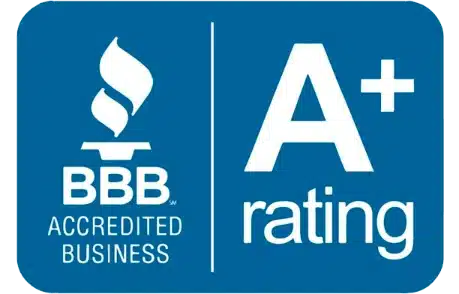Building a DTF Printer Setup for a Screen Printing Business
When it comes to popular customization techniques, Direct-to-Film is transforming the industry and has become the backbone of apparel customization businesses across the country. Screen printing businesses are even adding in DTF to expand their versatility.
Then these businesses can tackle jobs without the setup and maintenance of normal screen printing. A big step needed to add DTF technology to your business is addressing your workspace. You may be asking: How big are these printers? What does DTF need to operate? Where do I store my DTF transfers?
These questions are important to consider when investing in a DTF printer. The quality can speak for itself, but like screen printing, operation is the true key to success. Let’s break down how to build a space for a DTF printer setup.
If you want to learn more about DTF and Screen Printing, here is our breakdown on the two processes:
Considering the Space for Machines
The first thing many screen-printing businesses note is the physical workspace. Screen Printing technology is large. This is true for both automatic and manual screen presses.
Industry standards like the M&R GAUNTLET 4 take up an expansive 18 feet and 6 inches in diameter. This doesn’t even consider the extra machines needed, like an electric dryer.
These substantial space requirements make available space a key factor for new technology.
Expanding on space requirements, a workspace is not only talking about the machines. There should be an equal balance of room to create and maintain the machines as well.
If it’s impossible to fit yourself into the room with the machine, how can any work get done?

Now, when adding in a direct-to-film printer, the space requirements shrink. With the ColDesi DTF 24H4, the combined dimensions of the large equipment involved are 13 feet in length by 6.5 feet in width.
These dimensions include the powder applicator and dryer. These two machines cover the entire printing process. Depending on the workspace, several DTF printers can occupy the space of one Gauntlet 4. Like with screen printing,
DTF also needs room to operate and maintain the machine. It is especially important when performing the daily and weekly maintenance of this printer. Matching the quality of the end product while shrinking the space needed to operate the equipment creates plenty of room for success.
If the goal is customizing t-shirts and printing transfers, a heat press is also necessary. An industry standard example of a commercial heat press is the Hotronix Fusion IQ. The standard model dimensions are 32 inches in length by 18 inches in width.
This isn’t as costly for total space needed, but it is a key factor in a successful DTF business workspace.
In comparison to standard screen printing businesses, a DTF printer setup requires much less space for machines and operation.
Want a more in-depth breakdown on what DTF can do?
Addressing Storage Methods
Beyond equipment, the other significant space difference comes in storage. With screen printing, setting up a print job will take a lot of resources.
A workplace that tackles several screen printing jobs at a time will have a surplus of items. This can mean a significant amount of workspace is needed for screens, emulsion, and inks.
Couple that with a large inventory of blanks, and the space requirements continue to grow.
Now, with direct-to-film, the scale of inventory will also shrink because DTF prints onto film, eliminating the need for large screens or emulsion. This means only stocking up on DTF film and inks.
Since DTF involves printing transfers, there’s room to also create an inventory of transfers. Planning and creating shirts without a full print job showcases DTF’s flexibility.
However, an important consideration with printed transfers is the storage conditions. DTF transfers need a cool and dark place to prevent damage from direct UV light.
If the storage setup follows these standards, storage spaces can be much more flexible with a DTF printer setup.
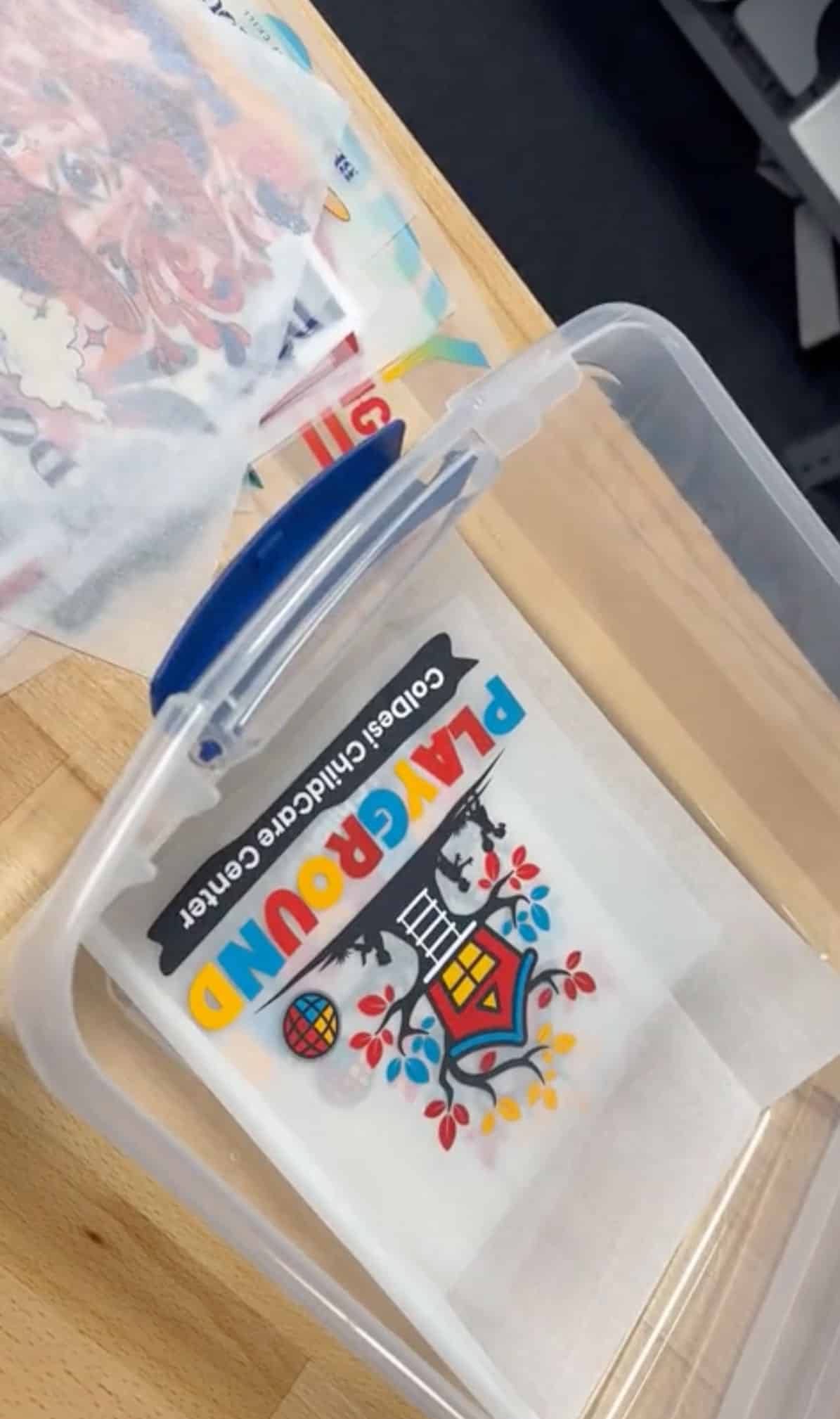
Want more information on supplies for a DTF Printer Setup? Check out the following articles:
Recognizing the Proper Power Requirements
Another major factor to examine when considering expanding to DTF is power requirements. A standard DTF Printer Setup includes the printer, shaker, and dryer.
Many DTF printing technologies run at an average of 110-120 volts or 220-240 volts. For example, the DTF 24H4 has a recommended voltage of 240 volts. Meanwhile, let us consider the GAUNTLET 4. This screen-printing machine needs 208-230 volts.
If a business is considering a DTF-24H4, they may already have the necessary power infrastructure. When researching DTF printers for a screen-printing business, be sure to investigate their electrical needs.
Consult an electrician to ensure that the workspace meets those requirements.
Creating the Optimal Climate Conditions
The proper climate can make or break both screen printing and DTF workspaces. Factors like humidity and temperature can significantly impact performance and the quality of the finished product.
Any business considering adopting DTF should be aware that DTF printers perform best in a moderate temperature, between 68°F and 77°F, and an optimal humidity range between 40% and 60%.
A successful screen-printing business may need to adjust its working environment to accommodate DTF printing. This could involve investing in a dehumidifier and ensuring adequate air conditioning or heating as needed.
Another important factor to consider with high-production DTF printers is ventilation. If a business adopts a large dryer model for DTF, it will need an extractor.
Not having proper ventilation for a DTF dryer will cause issues over the course of many print jobs. It is imperative to have proper ventilation along with the correct climate, for any DTF printer setup.
Ready to Enter the World of DTF?
Overall, many screen printing businesses will already have the tools to build a DTF printer setup. DTF printers are generally smaller than screen printing technology.
Stocking a DTF workspace and storing transfers will also require less room and effort. Both technologies have similar climate and electricity requirements.
Depending on the model of DTF printer, it may be as simple as getting the printer into the space. Then it’s off to the races printing transfers. The flexibility of DTF makes it the perfect companion to screen printing by offering smaller machines, easy storage, and compatible climate and electricity needs.
It makes the decision to adopt and add DTF to a customization business an easy one.
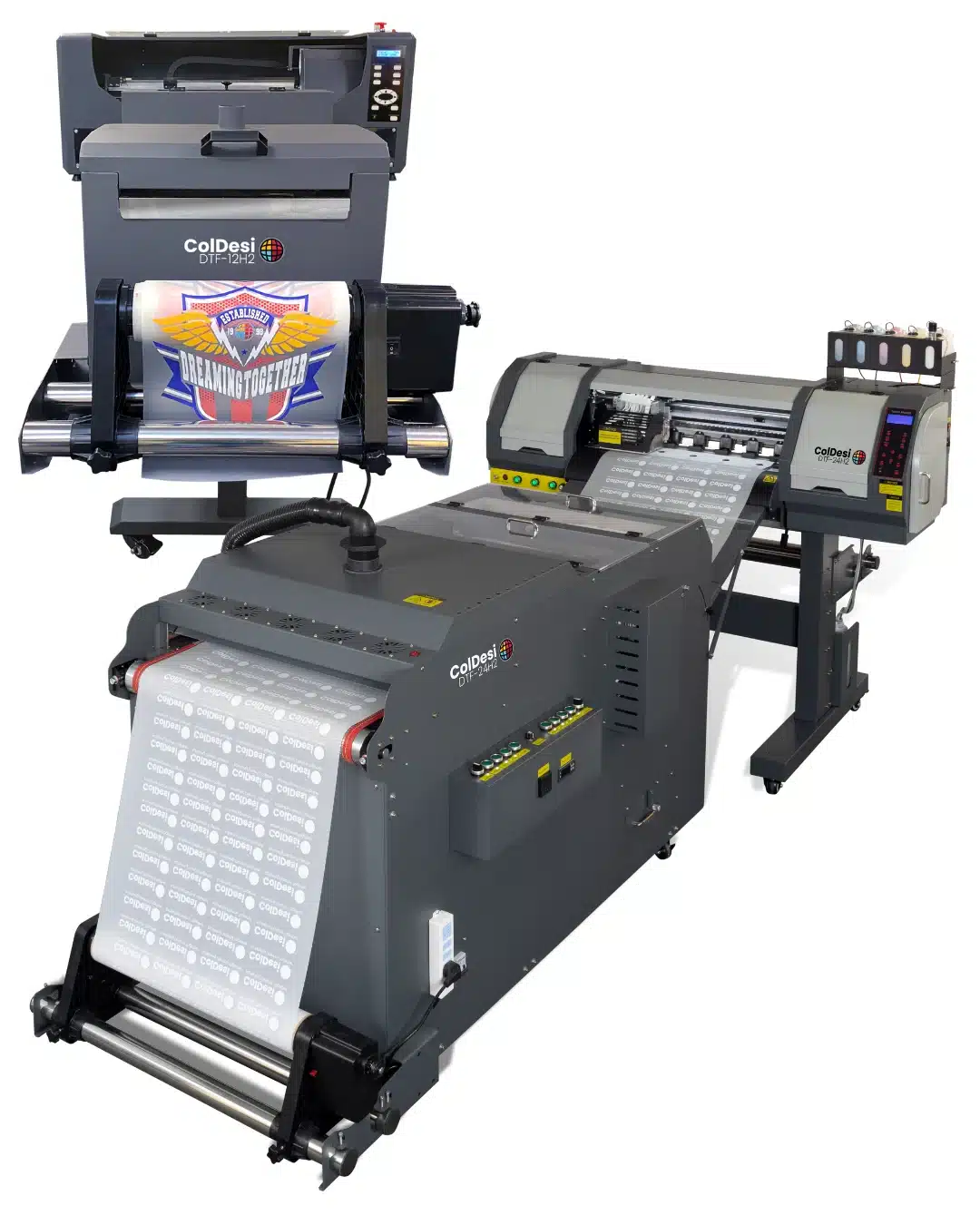
Want to learn more about ColDesi’s line of Direct to Film printers? Live chat with one of our pros or give us a call at 877-793-3278.


